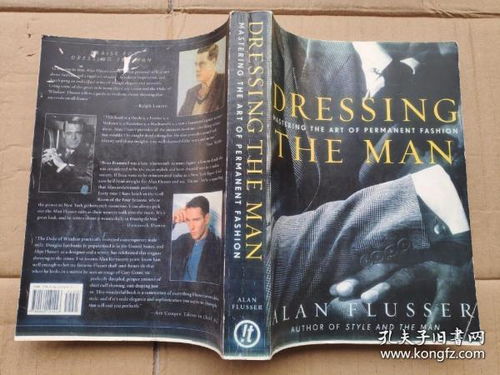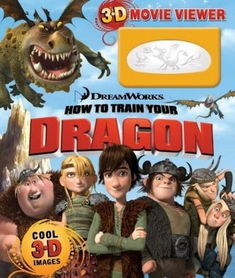Introduction: Fishing is an enjoyable and relaxing activity that can be enjoyed by people of all ages. Whether you are a beginner or an experienced angler, learning the right techniques is crucial to having a successful fishing trip. One popular fishing technique is using a spinning rod, also known as a sea rod. In this article, we will discuss how to teach fishing techniques using spinning rods, providing you with valuable tips and advice to help you become a skilled angler.
Section 1: Understanding the Spinning Rod 1.1 Definition and components A spinning rod is a type of fishing rod designed for casting lighter lures and baits. It consists of several components, including the rod, reel, line, lure, and leader. Familiarize yourself with these components to better understand the spinning rod's functionality.
2 Choosing the right spinning rod Selecting the appropriate spinning rod is crucial for successful fishing. Consider factors such as rod length, action, power, and material. A longer rod provides greater casting distance, while a shorter rod is more versatile for close-range fishing. The action refers to the rod's flexibility, with fast-action rods being stiffer and more sensitive. The power determines the rod's strength, which should match the weight of the lure you plan to use.
Section 2: Casting Techniques 2.1 Basic casting techniques To cast a spinning rod effectively, follow these basic steps: a. Hold the rod with a comfortable grip, using your index finger and thumb to secure the reel handle. b. Position the rod at a 45-degree angle to the water. c. Bring the rod back to your hip, keeping the line taut. d. Swing the rod forward, releasing the line as you do so. e. Aim for a target and let the lure land softly on the water.

2 Advanced casting techniques Once you have mastered the basic casting techniques, you can try more advanced methods, such as: a. The overhead cast: Use this technique to cast long distances. b. The sidearm cast: This method is ideal for casting in tight spaces. c. The roll cast: This technique is useful for casting in windy conditions.
Section 3: Lure Selection and Presentation 3.1 Choosing the right lure Selecting the appropriate lure depends on the type of fish you are targeting and the conditions of the water. Common types of lures include spinners, spoons, jigs, and soft plastics. Research the habits of the fish you wish to catch and choose a lure that mimics their natural prey.
2 Presenting the lure The way you present the lure can significantly impact your success. Here are some tips: a. Retrieve the lure at a consistent pace, avoiding sudden movements. b. Vary your retrieve speed to entice fish. c. Experiment with different retrieves, such as the zigzag or stop-and-go technique.
Section 4: Knot Tying and Line Management 4.1 Knot tying Proper knot tying is essential for maintaining a strong connection between the lure and the line. Learn to tie the following knots: a. Palomar knot: This knot is known for its strength and ease of tying. b. Improved clinch knot: This knot is suitable for a wide range of fishing applications. c. Uni knot: This versatile knot is easy to tie and can be used with both monofilament and braided lines.
2 Line management Keep the following tips in mind to manage your line effectively: a. Keep the line taut but not too tight, as this can lead to line twist. b. Pay attention to the line's condition and replace it if it becomes frayed or damaged. c. Learn to use a line clip to prevent tangles and maintain a clean line.
Conclusion: Teaching fishing techniques using spinning rods can be a rewarding experience for both the instructor and the learner. By understanding the components of a spinning rod, mastering casting techniques, selecting the right lure, and managing your line effectively, you can improve your fishing skills and enjoy more successful fishing trips. Remember to practice regularly and seek advice from experienced anglers to refine your techniques further. Happy fishing!












